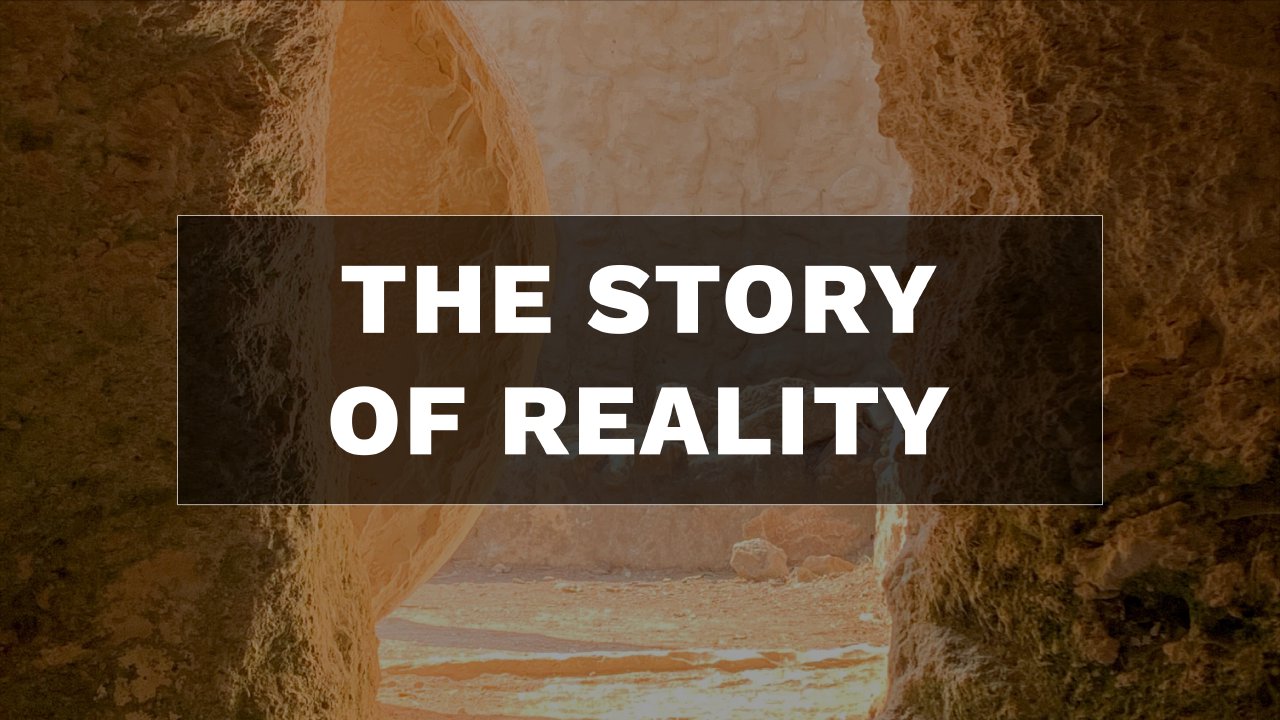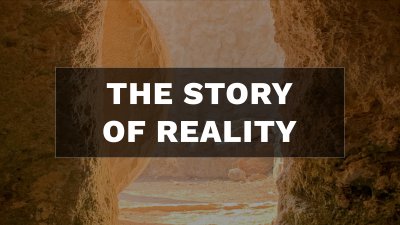Why punish the innocent One?
In the darkness that shrouds Calvary from the sixth to the ninth hour, a divine transaction is taking place. Jesus makes a trade with the Father. Jesus takes the guilt and punishment adequate for every crime of every man who ever lived, and the Father gives sinners His righteousness. Jesus cancels our debt of sin.
It’s called “substitutionary atonement.” Paul put it this way, “He made Him who knew no sin to be sin on our behalf, that we might become the righteousness of God in Him” (2 Cor. 5:21).
This is why Jesus is the only way. He is the only one who solved the problem. No other man did this. No other person could. Jesus alone, the perfect Son of God, paid the debt for whoever trusts in Him so they would not perish, but have everlasting life (John 3:16). Without Him, we cannot be saved from our overwhelming guilt.
This is a gift. It cannot be earned. It can only be received when you trust Jesus for it. This is what the Story means by “faith”—trust in the only One who is capable of rescuing you.

Cross
Greg Koukl
More from
The Story of Reality



